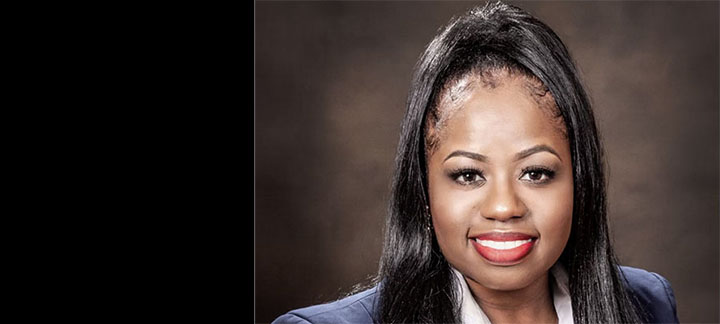
Week 5 – Let’s Catch Up with the Financial Planner
It’s week 5… WOW how time flies when you are learning about wealth! I sat down with Shad Thomas, again this week, to conclude our financial wellness series. Let’s see what Shad had to say!
Bea: Shad, great to speak with you again! Can you catch us up on our weekly conversation?
Shad: Hi Bea, as a recap to previous conversations, we discussed the importance of getting control of your debt and establishing an emergency fund. Then we talked about forecasting any large expenses over the next few years and setting aside money for those expenses. Finally, we introduced the next step of investing in retirement accounts (401(k) and Individual Retirement Account (IRA)) through the perspective of a young adult starting on their journey. For 401(k)s, we walked through investment options and fees. Then we talked about IRAs and the difference between Traditional versus Roth contributions.
Bea: Thanks, Shad. Over the past few weeks, we have covered building wealth over time from the perspective of younger adults. What about building wealth for folks that are mid-career or nearing retirement?
Shad: I’d like to begin by saying that it is never too late to start saving for retirement, especially if you’re in your working years. I’ve met many folks who didn’t start investing until they were into their 50s yet were still able to save a good amount for retirement. Obviously, it is better to start saving when you’re younger, but if you don’t start until later in life there’s still time to grow your wealth.
For folks nearing retirement, it is important to determine your budget during retirement years to forecast how much you need to withdraw from your retirement savings per year. This budget will help determine how your retirement savings is invested – either conservative, balanced, or growth oriented. In general, if you need to withdraw a large portion from your retirement accounts each year, you likely want to keep your investments in a more balanced or conservative allocation. If you can primarily live off social security and other income streams, you can generally keep your investment allocation more growth oriented.
An important point here is that a lot of folks in retirement automatically think that they cannot have money invested in the market and need to have a conversative allocation for all of their savings. However, each retiree’s budget is different and it often times makes sense to have a large portion of their savings still invested for the long term.
Bea: That is helpful, Shad. I meet a lot of people that have all their money in cash and don’t trust the stock market. Do you have any suggestions for them?
Shad: Yes, I have spoken with many folks that do not trust the system and therefore are hesitant to put their hard-earned money into the market. I can understand their concerns, but I would suggest the 100 year plus history of the market and that you can track returns of the S&P 500 back to the 1920s. Further, if you invest in say an S&P 500 index fund, you’re essentially putting faith in large US companies such as Apple and Amazon with a track record of strong performance through time.
Shad, thank you so much for your time invested in education all of us about how to create our financial wellness plan. I have learned so much that I never even knew, and I immediately started implementing some of your tips! I can’t wait to share how it’s working for me in the future! To connect with Shad or Bea, email [email protected] #BankWithBea
